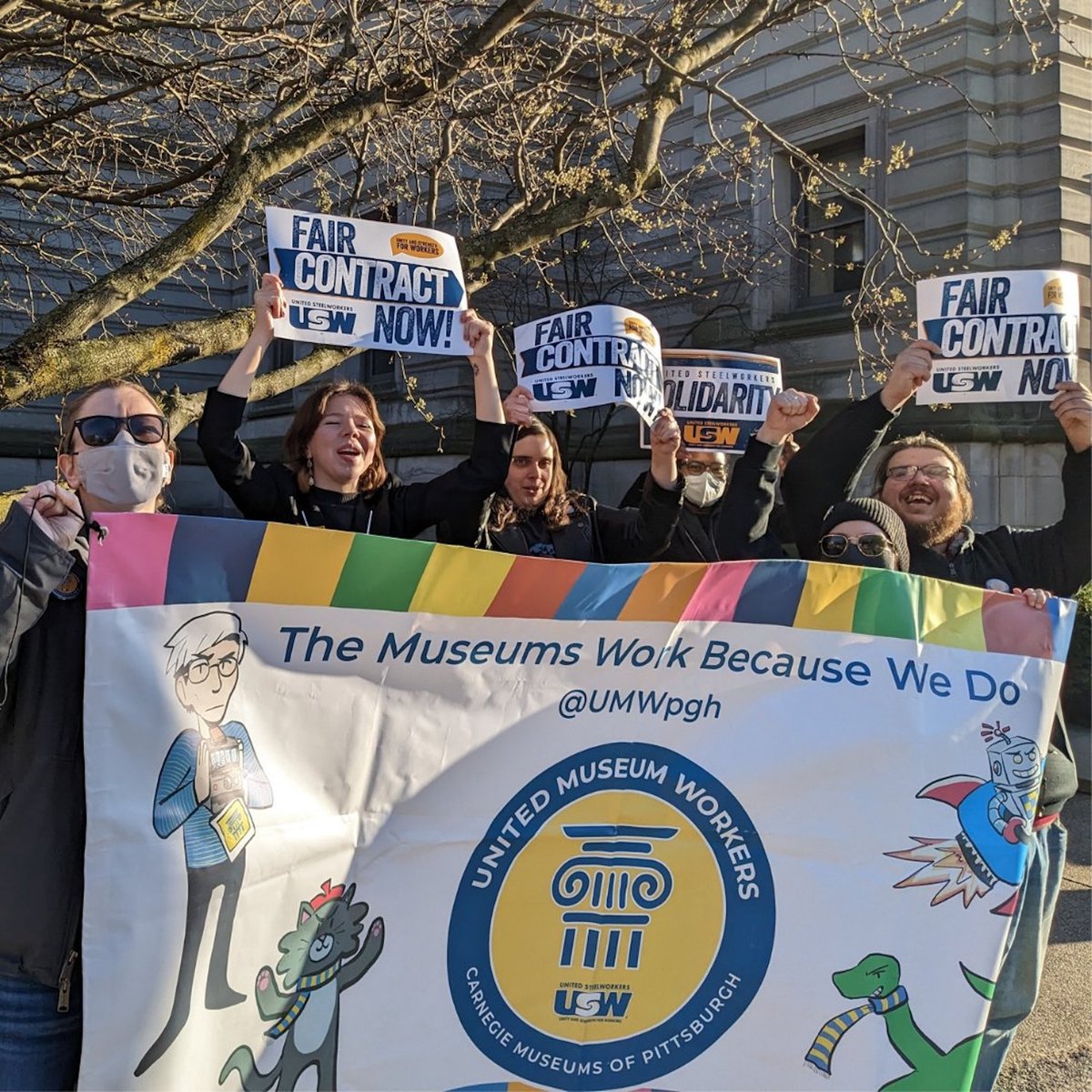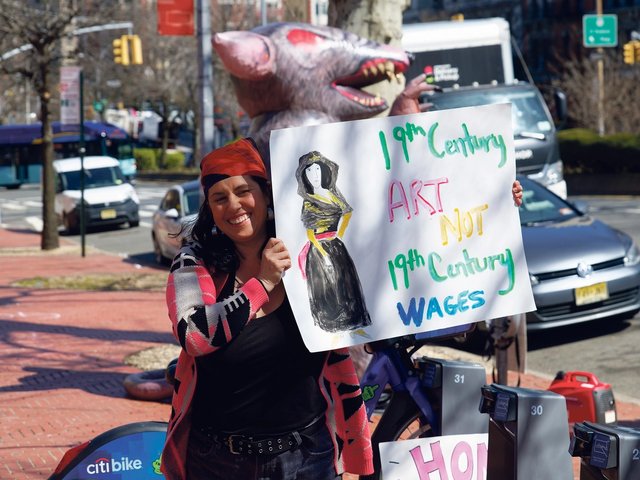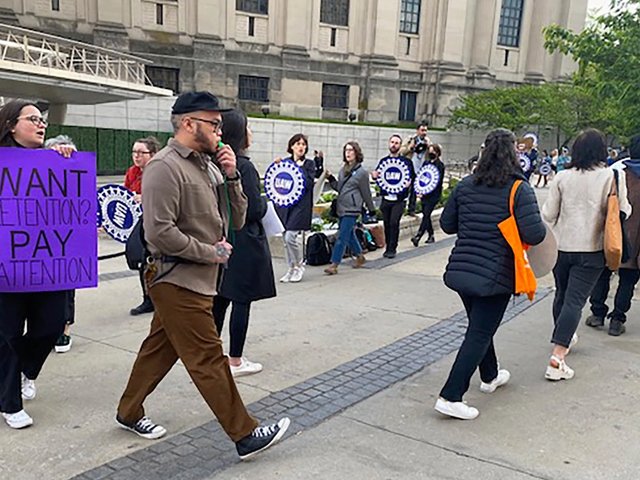Unionised workers at the Carnegie Museums in Pittsburgh ratified their first contract after 18 months of negotiations, with 98% of members voting last month to ratify the contract.
The union, United Museum Workers (UMW), includes employees across all four of the Carnegie Museums institutions: the Andy Warhol Museum, the Carnegie Science Center, the Carnegie Museum of Natural History and the Carnegie Museum of Art. It is the largest union of museum workers in the US currently, with more than 500 members. The UMW represents members across various departments including curators, scientists, art handlers, educators, gallery attendants, grant writers and other workers.
The four-year agreement paves the way for many changes, including a raise in the baseline hourly pay rate at the museums from $12 to $16. The majority of museum workers will see an immediate pay raise—most ranging from 15 to 35%—as will union members who are currently earning more than $16 an hour. Other features of the contract include the establishment of a health and safety committee, adoption of anti-discrimination and seniority language, and increased sick time for part-time workers.
“The increased wages and other benefits in this contract offer financial security to our members,” says Grace Marston, a union member and arts educator at the Andy Warhol Museum. “These wages can both attract new talent and retain the workers we have. It means that workers will no longer have to leave the jobs they love at our museums because they can't afford it. Importantly, this contract also provides recognition to part-time workers, who make up a large portion of our bargaining unit. This contract rewards seniority among full-timers and part-timers alike, finally showing appreciation for years of hard work and dedication.”
The Carnegie Museums union formed in 2020. It is part of the United Steelworkers, which represents 850,000 workers across various industries including metals, mining, pulp and paper, rubber, chemicals, glass, auto supply and energy, as well as sectors including healthcare, higher education, technology and more.
Negotiations for the union’s first contract lasted 18 months. “In the first year of bargaining, progress was very slow,” Marston says. “The union decided to organise several actions in the last few months to put pressure on management and show how passionate and committed we are to improving the working conditions at the museums.”
The UMW's organising and negotiating efforts are part of a wave of labour campaigns at museums across the US that began several years ago and gained steam during the Covid-19 pandemic, which further exposed many of the issues cultural workers are facing today.
In a statement to The Art Newspaper Steven Knapp, the Carnegie Museums’ president and chief executive, said that the contract was “a fair, forward-looking agreement that benefits not only staff who are represented by the union but the entire Carnegie Museums community”.
Knapp added, “Our talented colleagues—union and non-union—are all deeply committed to the public-serving mission of our museums, and this contract lays the foundation for continuing to build a flourishing future together.”






